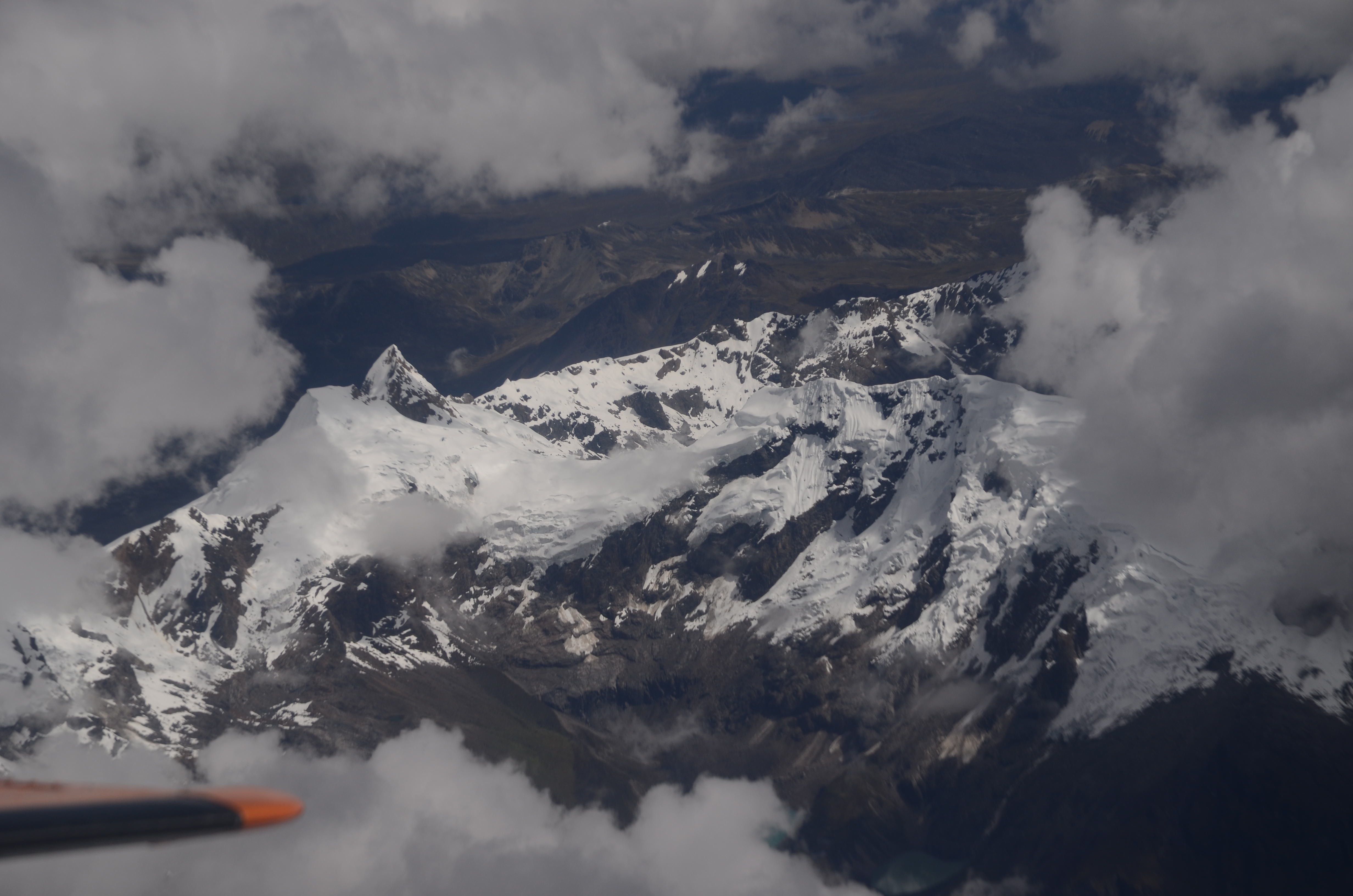As I type these words, I’m flying 39,000 feet over Ecuador. Shortly, I will land in Lima, a sprawling city of about 9 million people. Lima is one of the cities of the world most immediately threatened by global warming. The city was built on the edge of a desert, one of the driest in the world. And its primary source of water is a small river, the Rimac. The Rimac’s water trickles off glaciers high in the Andes which, unfortunately for Limeños, are rapidly melting. Peru has lost about 30 percent of its glacial ice in the last 40 years.
Over the next three weeks, I’ll explore a question that is easy to state but hard to answer: how will the Peruvian capital respond to decline of its chief source of water as its population grows and the demand for the resource grows. I’ll talk to officials at many government agencies and visit shantytowns that have waited decades just to gain running water. I’ll circle low in a prop plane over Huaytapallana, a glacier that has suffered some of the most startling losses of ice.
There are no simple solutions to Peru’s challenge, and no guarantees of success. I will explore several ideas, some hopeful, others fanciful. I’ll join glaciologist Benjamin Morales on a research expedition to study how glaciers might be insulated against melting with a coating of sawdust. Entrepreneur Eduardo Gold will show me his work trying to cool mountaintops and regrow glaciers by painting summits white. And I’ll see billboard-size fog catchers springing up on sand dunes on Lima’s outskirts. Although it almost never rains there, heavy fog blankets the region for about half the year and these simple devices are already capturing precious trickles and easing the city’s problems slightly.
Please join me on my travels. I’ll post entries daily about who I’ve met, what I’ve seen and what I’m thinking. I’ll post a photo or two as well.
